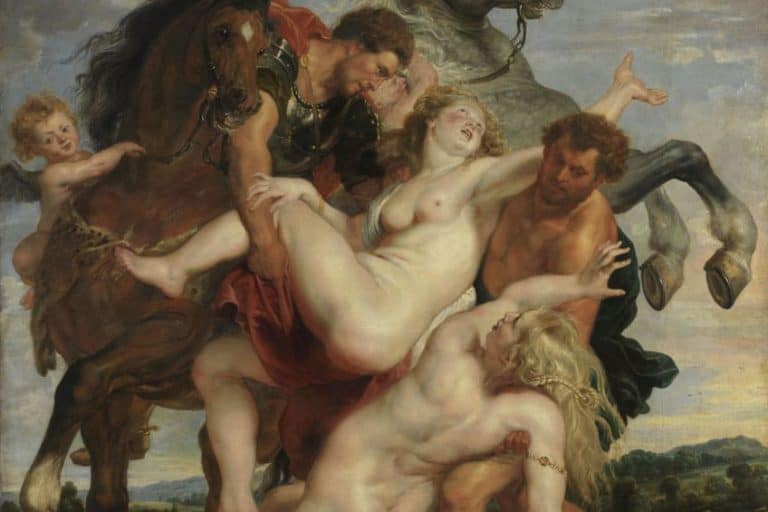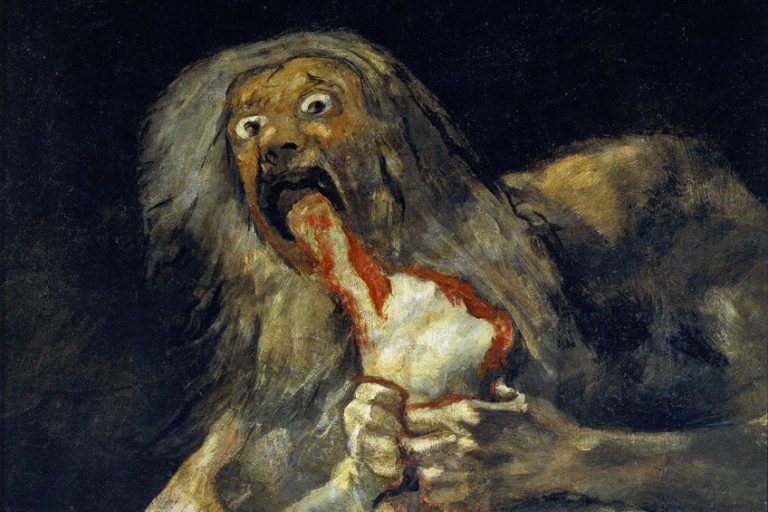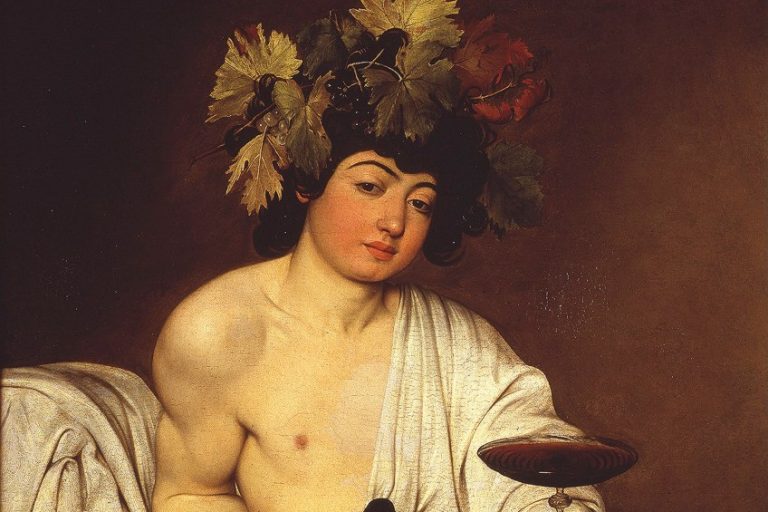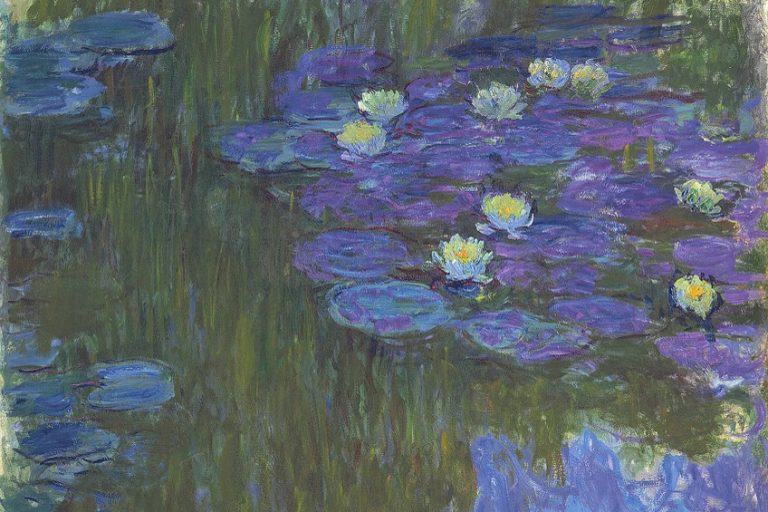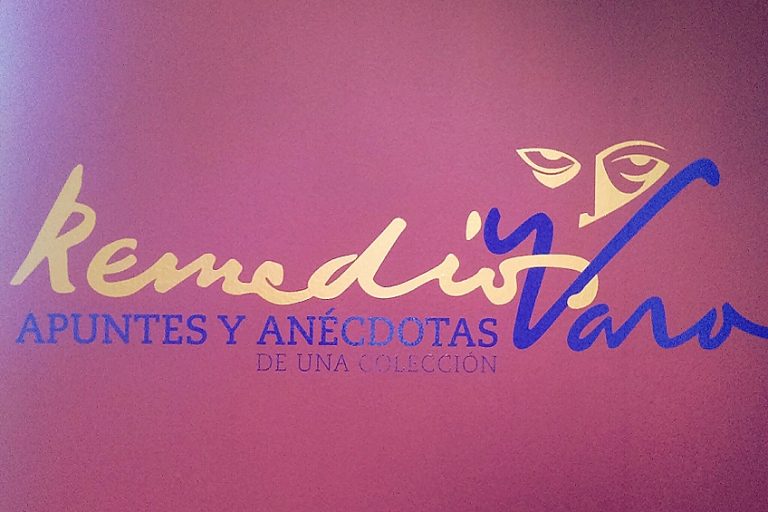“The Bearded Woman” by Jusepe de Ribera – La Mujer Barbuda
The Bearded Woman (La Mujer Barbuda) (1631) painting by Jusepe de Ribera is an intriguing and thought-provoking composition. It touches on ideas around gender, femininity, and concepts of beauty and ugliness. The article below will discuss this 17th-century Baroque portrait.
Artist Abstract: Who Was Jusepe de Ribera?
Jusepe de Ribera was a Spanish artist reportedly from Jativa in Valencia. His birth month has been recorded as being in February 1591 and his date of death in September 1652. He was known for painting various genres, ranging from religious, and historical, and oftentimes his subject matter explored ideas of martyrdom with grotesque depictions.

He was influenced by the Italian artist Caravaggio and his techniques with light and dark. He also produced various etchings and drawings. Ribera reportedly moved to Naples in Italy in 1616 and lived there until he died.
Some of his artworks include “Drunken Silenus” (1626), “Trinity” (1635 – 1636), “Apollo and Marsyas” (1637), and “Head of John the Baptist” (1646).
The Bearded Woman (1631) by Jusepe de Ribera in Context
| Artist | Jusepe de Ribera |
| Date Painted | 1631 |
| Medium | Oil on canvas |
| Genre | Portrait painting |
| Period/Movement | Baroque |
| Dimensions (cm) | 232 x 182 |
| Series/Versions | N/A |
| Where Is It Housed? | It is part of the Fundación Casa Ducal de Medinaceli in Seville, Spain |
| What It Is Worth | No price available |
The Bearded Woman by Jusepe de Ribera is also titled La Mujer Barbuda in Spanish. The article below will start with a brief contextual analysis around when and why it was painted, which will be followed by a formal analysis that will discuss the subject matter in more detail.
Contextual Analysis: A Brief Socio-Historical Overview
Let us start with who the bearded woman was, her name was Magdalena Ventura, an Italian woman from Abruzzo who accrued quite a reputation for growing a beard from when she was 37 years old. She reportedly started growing her beard after she gave birth to her children.
In Jusepe de Ribera’s painting titled “The Bearded Woman”, Magdalena was 52 years old and had a child. She is depicted standing in front of her husband, Felici de Amici.

The stone tablets next to the couple (to their left, our right) also indicate more information about Magdalena and who commissioned the painting. The inscription at the bottom of the stone tablets indicates a date written by Ribera, “17th February 1631”. It was commissioned by Fernando Afán de Ribera y Téllez-Girón, who was the Third Duke of Alcalá, who reportedly enjoyed different types of subject matter in art that depicted oddities.
In fact, Ribera also described Magdalena as a “wonder of nature” on the stone tablet.
A Question of Beauty and Beastliness
This type of subject matter depicted in The Bearded Woman painting by Jusepe de Ribera evokes questions about beauty and ugliness portrayed in art, but also the grotesque and people’s relationship with it, especially during the 17th-century Baroque period. The Baroque period of art sought to relay a heightened sense of realism in paintings, and artists often depicted people that had more deformities.
This was a step away from the ideals of perfection and beauty that were so prevalent during the Renaissance era and how the human form was conveyed.
Hormones and Hirsutism
The Bearded Woman was a topic of intrigue during the Baroque period. It was also viewed as a form of entertainment in some ways, and the subjects would have been ridiculed. However, this subject matter hinted at deeper hormonal issues prevalent in women who grew excessive hair.
Scholarly research has pointed to what possible medical conditions Ribera’s bearded woman could have had, namely conditions known as hypertrichosis or hirsutism. A brief and simple explanation of this involves excessive hair growth, which is caused by imbalances of hormones like androgens.
Formal Analysis: A Brief Compositional Overview
The Bearded Woman analysis below will discuss a visual description of the subject matter, followed by an overview of the art elements and how they are applied to compose this oil on canvas.
Subject Matter: Visual Description
The Bearded Woman by Jusepe de Ribera is a portrait of two figures standing and looking at us, the viewers. The figure standing in the front, and foreground, is Magdalena Ventura. What stands out from her features is her thickly set and long beard and mustache, which is seemingly black in hair color, giving her the resemblance to a man.
She is wearing a long dress and hat revealing a balding patch at the front of her head, and she is also cradling her baby in both arms.
Her chest is open, exposing her breast, as if she is ready to nurse her baby. Her breast appears unnaturally placed and is situated in the middle of her chest., which emphasizes the oddity of the subject matter, and suggests she is female.
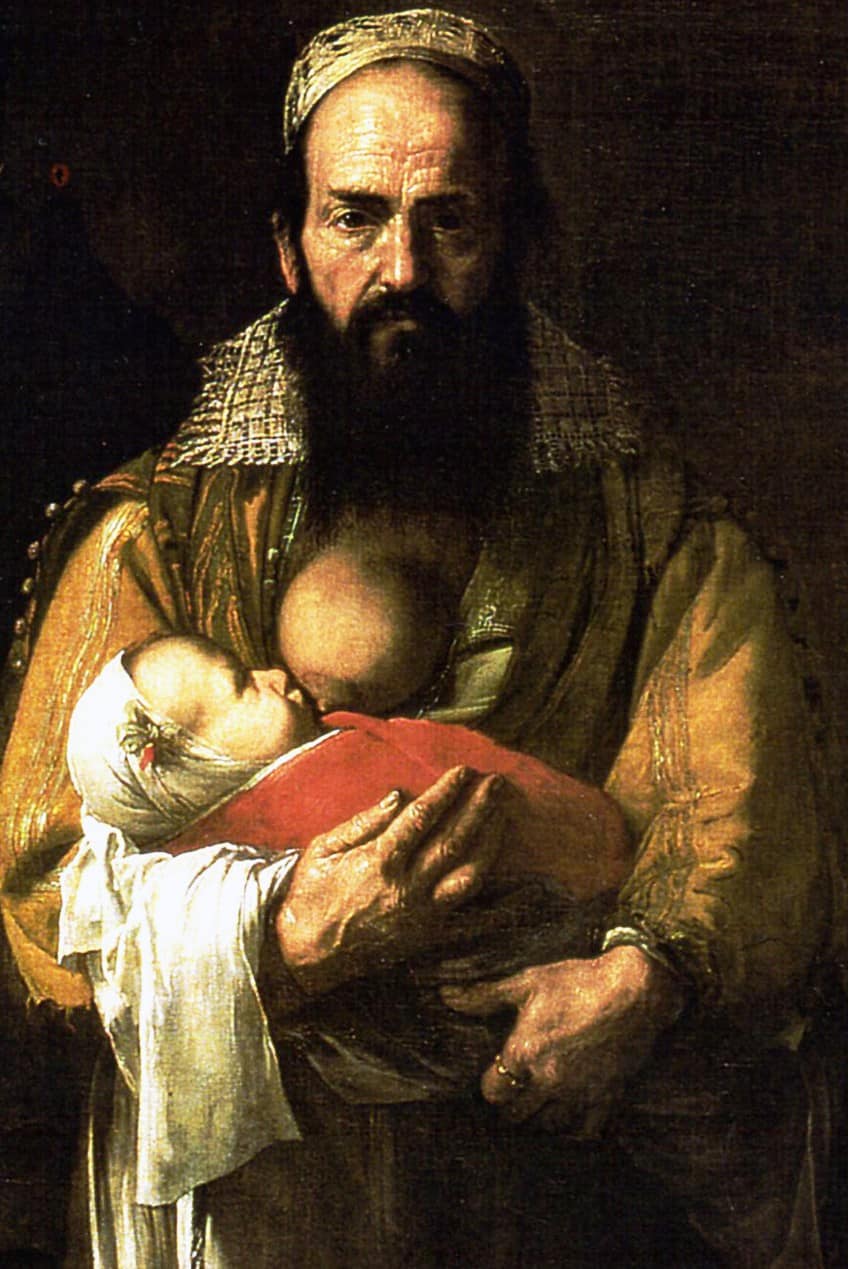
Standing behind her is the figure of her seemingly careworn husband, Felici de Amici, who appears darker further into the background. He also has a beard, but it does not appear as elaborate as his wife’s, which further emphasizes the uniqueness of the subject.
It is unclear where the couple is standing because the wall behind them is in a more neutral color, which further places the focus on them.
To their left (our right) are two stone slabs, otherwise known as steles, with words engraved in Latin. There are also two items on these stone slabs, the first is a spindle with thread around it. The second item has been questioned, possibly being a shell or the “head of a staff”. These items have been viewed as symbols to indicate femininity and womanhood attributed to Magdalena Ventura.
Color
The color scheme of The Bearded Woman painting is quite dark with contrasts between the light and shadowed areas. This interplay of contrasts is visible between the two figures, namely, Magdalena’s figure is in the light and her husband is in the shadows.
Notice the light source highlighting Magdalena in the foreground and the subtle contrasts of light on the stone slabs.

This technique is known as tenebrism, where artists applied starkly dark areas of color, which created dramatism and emphasis. It was also a technique attributed to the great painter of his time Caravaggio, whose style influenced Ribera’s.
Texture
Ribera’s brushwork is thickly applied, and it has been known to accurately convey or imply the textures of the subject matter, which can also be described as a naturalistic portrayal. For example, notice the textures of the fabrics and the texture of the skin on Magdalene’s forehead.

Line
There are subtle contrasts between vertical and horizontal lines, which are implied by the positioning of the subject matter. For example, there is a vertical linearity from the standing figures, which also sets the orientation of the canvas. Vertical lines are also created by the stone slabs propped on one another to the right.
Horizontal lines are implied by the baby in Magdalena’s arms as well as the horizontality of the words written on the stone slabs.

Shape and Form
There is an interplay of organic and geometric shapes and forms in The Bearded Woman painting, for example, notice the naturalistic forms of the figures coupled with the more geometric rectangular shape of the stone slabs. Furthermore, the canvas itself is rectangular in shape.
The figures’ heads also appear oval in shape and more elongated by their long beards.
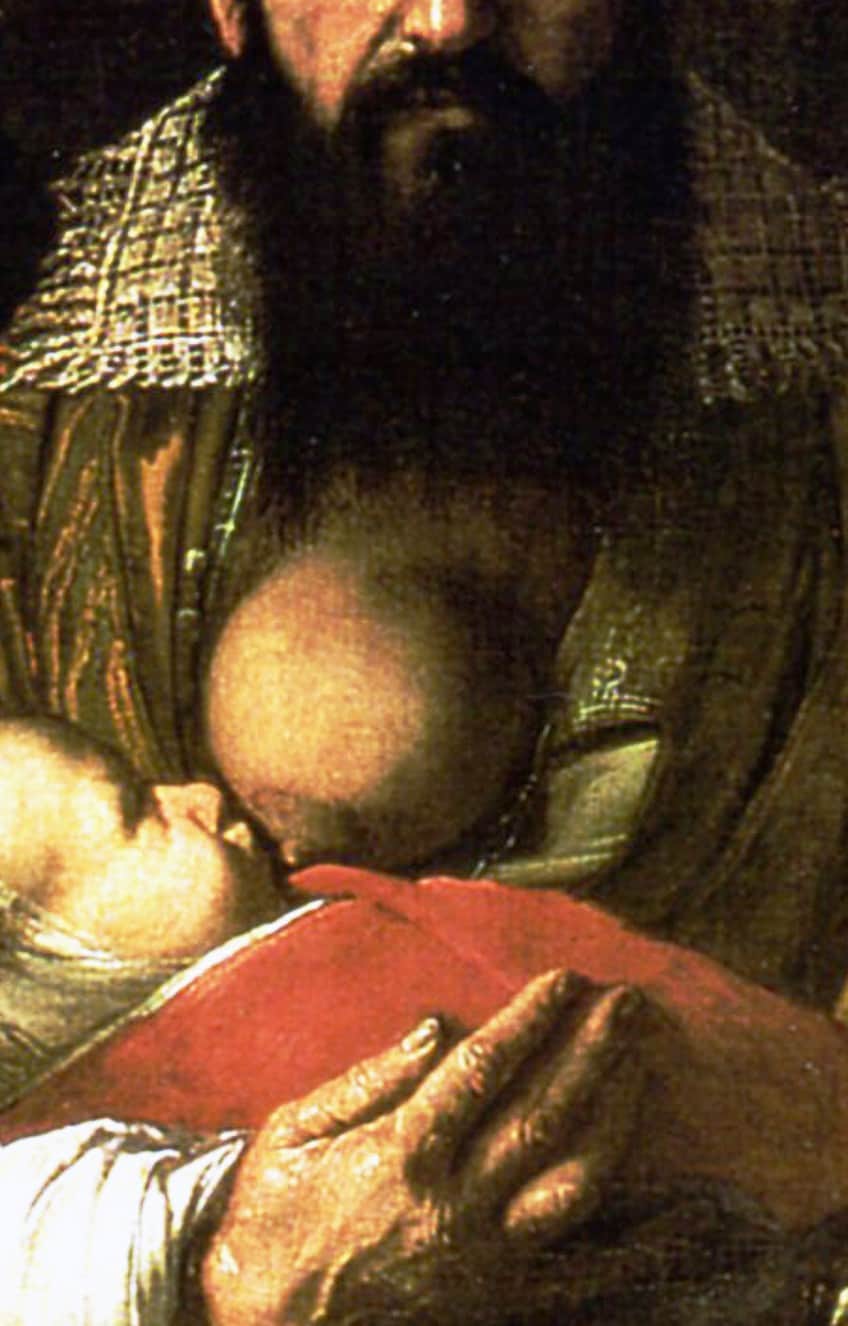
Space
There is a depth of space created through Ribera’s utilization of shadows and highlights. Furthermore, perspective is created by the overlapping of the two figures, for example, Magdalena’s figure stands further into the foreground, almost in our (the viewers’) space and her husband is at an angle behind her, not directly behind her, enough for us to view him.
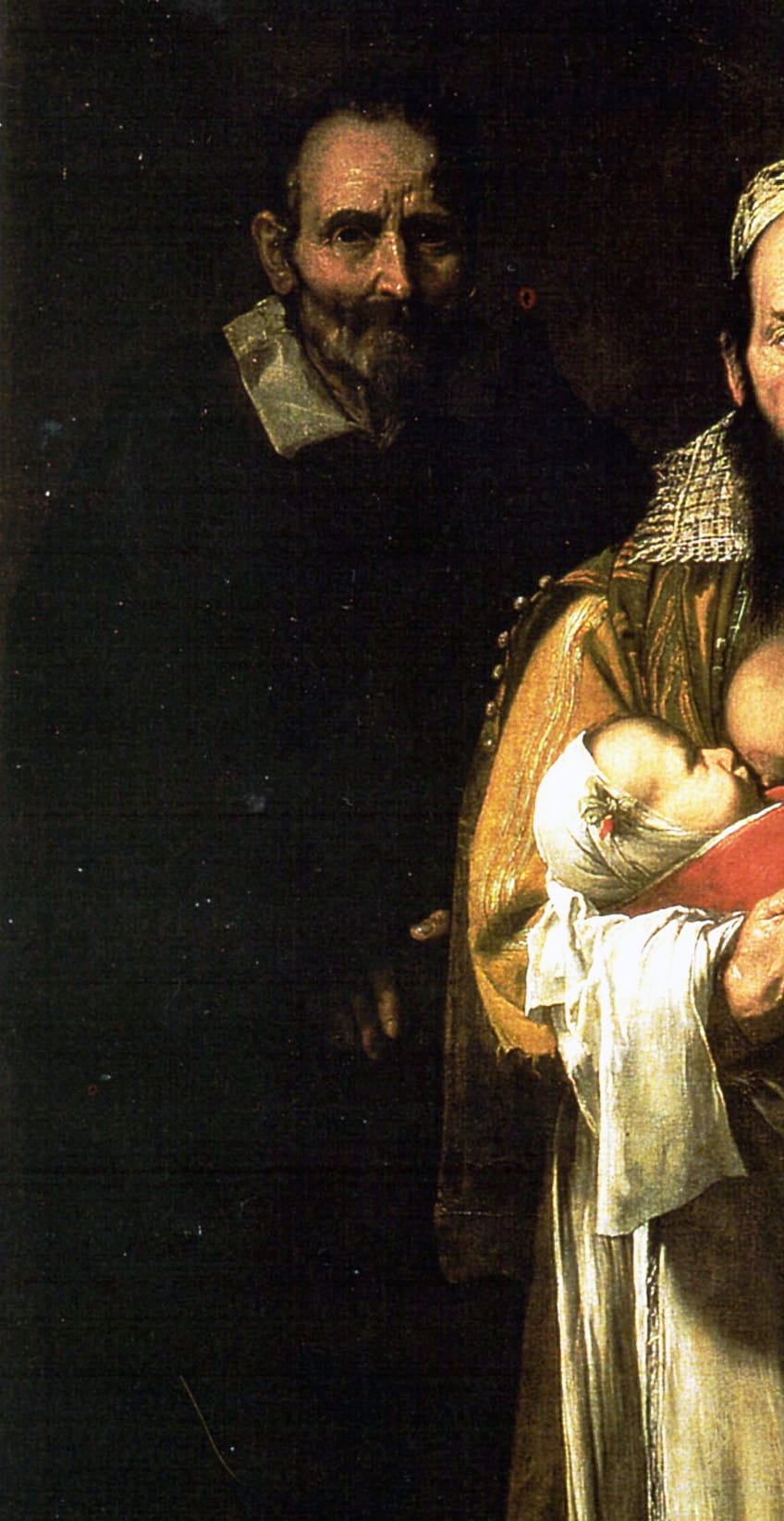
Ribera’s Bearded Beauty
There is a considerable amount to be explored within Jusepe de Ribera’s The Bearded Woman painting. It is a depiction of a woman who did not just have hormonal challenges, but a woman who transcended the boundaries of beauty in the Western world during the 17th century. It questioned what beauty really is beyond the definitions presented during the Renaissance period.

This article discussed “The Bearded Woman” painting by Jusepe de Ribera. It explored a contextual analysis around why the artist painted it, who commissioned it, and who the woman in the painting was. It also discussed the formal compositional qualities of the painting.
Frequently Asked Questions
Who Painted The Bearded Woman?
Jusepe de Ribera, the Spanish Baroque artist, painted The Bearded Woman (1631), also known as La Mujer Barbuda. It is an oil on canvas and is part of the Fundación Casa Ducal de Medinaceli, which is in Spain. It was commissioned by the Third Duke of Alcalá, Fernando Afán de Ribera y Téllez-Girón, in 1631.
Who Is Depicted in Jusepe de Ribera’s The Bearded Woman?
Jusepe de Ribera’s The Bearded Woman (1631) depicts an Italian woman, Magdalena Ventura, who was from Abruzzo in Italy.
What Art Techniques Was Jusepe de Ribera Known For?
Jusepe de Ribera was influenced by the Italian Baroque artist Caravaggio and how his techniques depicted the contrasts between light and dark. The techniques are known as tenebrism and chiaroscuro. In The Bearded Woman painting, this is evident in the dark, almost black, background.
Alicia du Plessis is a multidisciplinary writer. She completed her Bachelor of Arts degree, majoring in Art History and Classical Civilization, as well as two Honors, namely, in Art History and Education and Development, at the University of KwaZulu-Natal, South Africa. For her main Honors project in Art History, she explored perceptions of the San Bushmen’s identity and the concept of the “Other”. She has also looked at the use of photography in art and how it has been used to portray people’s lives.
Alicia’s other areas of interest in Art History include the process of writing about Art History and how to analyze paintings. Some of her favorite art movements include Impressionism and German Expressionism. She is yet to complete her Masters in Art History (she would like to do this abroad in Europe) having given it some time to first develop more professional experience with the interest to one day lecture it too.
Alicia has been working for artincontext.com since 2021 as an author and art history expert. She has specialized in painting analysis and is covering most of our painting analysis.
Learn more about Alicia du Plessis and the Art in Context Team.
Cite this Article
Alicia, du Plessis, ““The Bearded Woman” by Jusepe de Ribera – La Mujer Barbuda.” Art in Context. June 22, 2023. URL: https://artincontext.org/the-bearded-woman-by-jusepe-de-ribera/
du Plessis, A. (2023, 22 June). “The Bearded Woman” by Jusepe de Ribera – La Mujer Barbuda. Art in Context. https://artincontext.org/the-bearded-woman-by-jusepe-de-ribera/
du Plessis, Alicia. ““The Bearded Woman” by Jusepe de Ribera – La Mujer Barbuda.” Art in Context, June 22, 2023. https://artincontext.org/the-bearded-woman-by-jusepe-de-ribera/.




